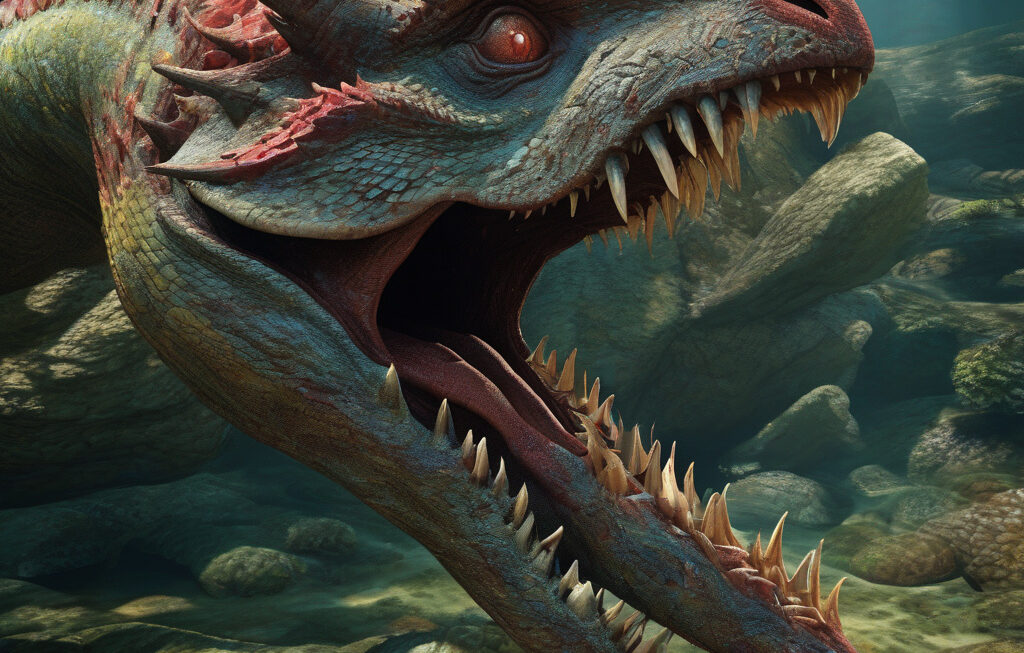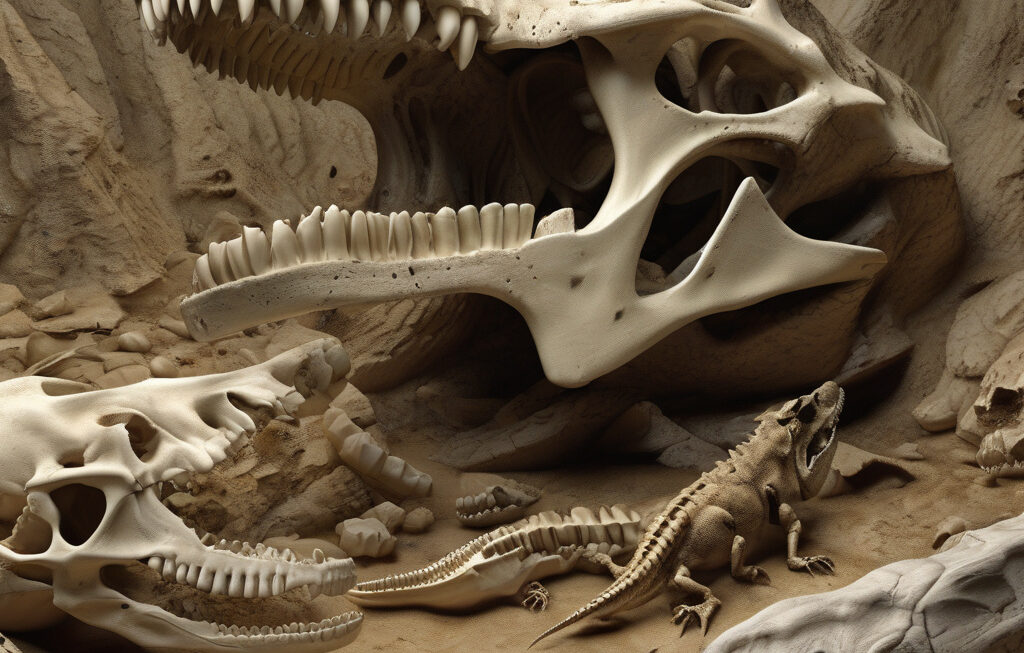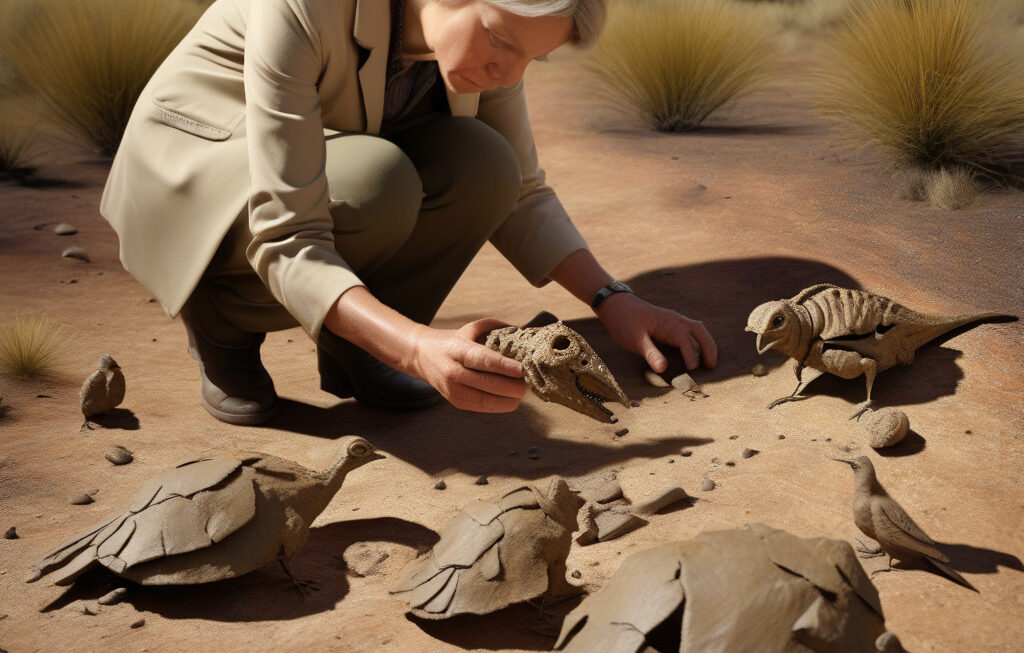Exploring the Ancient Diets of Dinosaurs: New Insights from Fossilized Guts
Long-necked sauropods were widely believed to be plant-eaters. But direct proof has been incredibly hard to come by – until now. A recent discovery has shed light on the dietary habits of these colossal creatures, providing a fascinating glimpse into the world of dinosaurs.
The fossilized gut contents of a 101-million-year-old dinosaur have revealed that these massive animals not only consumed plants but also relied on bacteria to aid in the digestion process. This finding challenges previous assumptions about the feeding behavior of sauropods and highlights the complexity of their digestive systems.
The study, conducted by a team of paleontologists, analyzed the fossilized remains of a sauropod found in North Africa. By examining the preserved gut contents, researchers were able to identify plant material that had been partially digested. What was particularly intriguing was the presence of microbial structures, indicating the presence of bacteria that helped break down the tough plant matter.
This discovery has significant implications for our understanding of dinosaur biology. It suggests that sauropods had sophisticated digestive systems that allowed them to extract nutrients from a diet consisting mainly of fibrous plant material. The presence of gut bacteria further demonstrates the intricate relationship between these dinosaurs and the microbes that aided in their digestion.
Furthermore, this finding underscores the importance of studying fossilized gut contents in paleontological research. By analyzing the remains of these ancient animals, scientists can gain valuable insights into their behavior, diet, and physiology. This information is crucial for reconstructing the lives of dinosaurs and piecing together the intricate puzzle of Earth’s prehistoric past.
In addition to its scientific significance, the discovery of plant material and gut bacteria in the fossilized gut of a sauropod offers a glimpse into the evolutionary history of digestion. It highlights the adaptability of these dinosaurs and their ability to thrive on a diet that would be challenging for most other animals.
As we continue to uncover more secrets hidden within the fossil record, our understanding of dinosaurs and their world deepens. Each new discovery brings us closer to unraveling the mysteries of these ancient creatures and paints a more detailed picture of life on Earth millions of years ago.
In conclusion, the recent finding of plant material and gut bacteria in the fossilized gut of a 101-million-year-old dinosaur challenges our preconceptions about sauropod diets and sheds new light on the complexity of their digestive systems. This discovery underscores the importance of studying fossilized gut contents in paleontological research and offers valuable insights into the lives of these majestic creatures.
#DinosaurDiscovery, #AncientDiets, #PaleontologicalResearch, #Sauropods, #FossilizedGutContents












